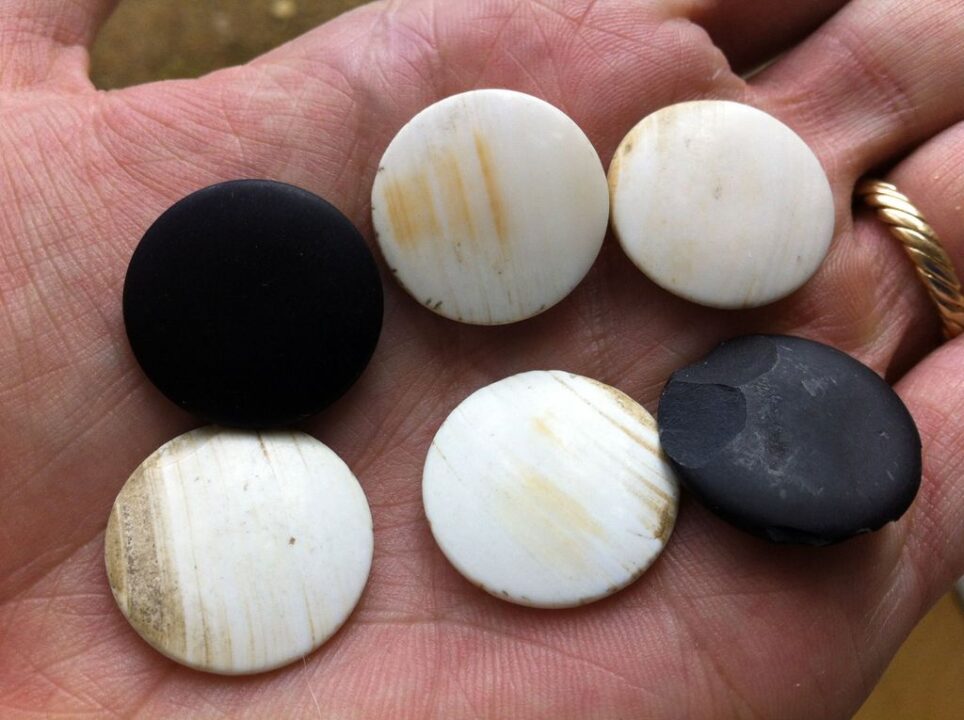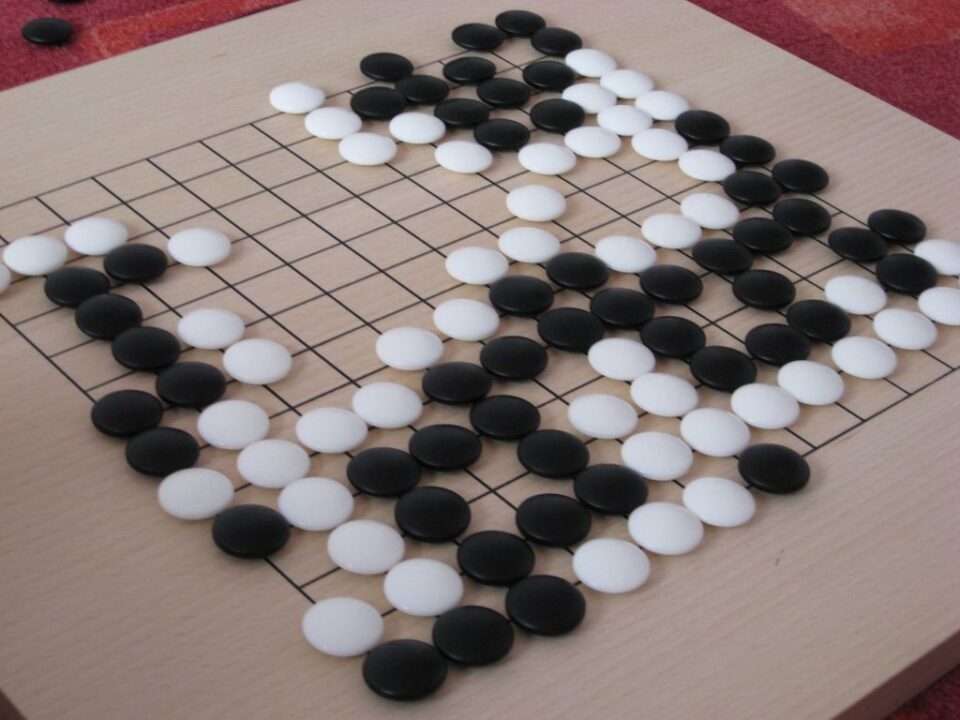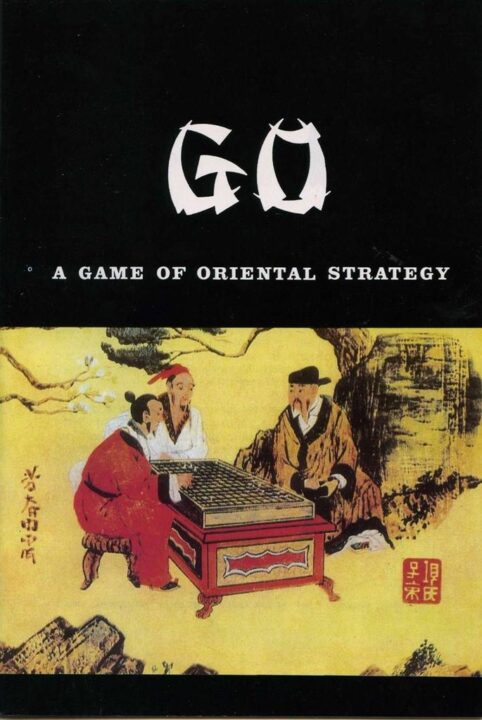Welcome to my review of the legendary board game, Go! If you’ve ever wanted to feel smart, get confused, and then finally have a tiny moment of glory—all in the same hour—this game is your ticket. I’ve battled my friends over countless sessions, flipping stones and eating humble pie more often than I’d like to admit. From the crisp click of the stones to the spiraling mind games, playing Go is like entering a zen garden where someone keeps trying to beat you. Read on for the honest scoop—you’ll laugh, you’ll cry, you’ll lose to your friend who reads instruction manuals for fun!
How It Plays
Setting up
Grab a Go board (19×19 is classic, but smaller boards work for newbies). Each player takes a pile of stones: one goes black, the other goes white. Black always moves first, which some of my friends say is OP (they’re wrong, but let them dream).
Gameplay
Players take turns popping one stone on a free intersection of the grid. You try to surround empty points—that’s territory! If you can surround your opponent’s stones, you remove them and claim that spot for yourself. No dice, no cards, just your noodle against theirs. You can’t place a stone that would have no liberties—unless it captures something (I learned this the hard way, cue dramatic sigh).
Winning the game
Once both players decide there’s nothing left to play for, the game ends. Count all the empty spots you surround, plus any enemy stones you’ve gobbled up. Whoever controls more territory wins—so if you see me grinning, I’m probably thinking I’m ahead (usually I’m not, but that’s board gaming for ya!).
Want to know more? Read our extensive strategy guide for Go.
Strategic Depth and Learning Curve in Go: A Brain-Bending Journey
When it comes to sheer depth, Go does not mess about. My first game ended in record time with my stones scattered everywhere like confetti at a very confusing wedding. This ancient game makes chess look like tic-tac-toe at a toddler’s birthday. The rules fit on one page, but my neurons needed an entire instruction manual. Every stone you plop down changes the entire landscape. Every turn, you face the classic “should I attack now or set up for later” dilemma. The real kicker? You never know if you’re winning, especially early on. You can be chugging along, grinning like you just pulled off the best move ever, only to have your friend (who secretly watched Go tutorials online) flip the game on its head with a single sneaky placement.
Go is pure skill. Zero luck. If you lose, that’s on you. At first, it feels like learning to ride a bike—with square wheels—while everyone else is on a motorbike. But trust me, every crushing defeat is another lesson. After a dozen games, you start spotting patterns, thinking ahead, and making moves that actually make sense. Suddenly, the board transforms from chaos to a battle of wits—and sometimes stubborn pride.
I’m warning you now, Go will tempt you to stay up until 1 AM plotting your revenge for last game’s defeat. Next up, let’s look at component quality and whether Go is a feast for your eyes or just a plain old pebble party.

Component Quality and Board Aesthetics: Go’s Timeless Charm
Let me talk to you about Go’s sheer prettiness! This isn’t the sort of board game that hides in the back of your cupboard. Once you see a Go board set up, you’ll want to display it somewhere visible—like that fancy vase you never touch, but way less breakable.
The classic Go board, which is called a “goban” (yes, I looked it up after spilling coffee on mine), is a thing of beauty. Thick, heavy, wood—sometimes it’s so nice I spend half the game just caressing it like some weird board whisperer. The lines are thin, crisp, and perfectly spaced. That’s important because the whole point is not to be fighting with the board while you’re already fighting with your opponent’s mind.
And oh, the stones! There are two types: black and white, smooth and cool to the touch. Dropping a stone onto the board makes a sort of soft “clack” sound that is weirdly satisfying, almost like popping bubble wrap. When I first played Go, I kept making my moves just to hear it. Some sets come with cheap plastic stones, but even those feel nice. The high-end glass or slate-and-shell ones are next-level. If you want to feel like a board game boss, invest in the good stuff.
In summary: Go is a looker. It’s an aesthetic home run, and you won’t be embarrassed leaving it out even when your mother-in-law visits. Next up, get ready for a wild ride as we look at how Go turns your friendships into rivalries with player interaction and competition!

Go: The Ultimate Test of Wits and Friendship
If you ever want to see what your friendships are made of, toss a Go board on the table. Nothing turns casual chat into silent staring contests quite like this game. I learned this the hard way when my buddy Dave refused to make eye contact with me for three days after I snatched victory from him with one sneaky play. Go’s player interaction is brutal in the best way. Every move is a direct response to your opponent. If you’re used to multiplayer games where you can just do your own thing (hello, Solitaire fans), Go will wake you up real quick. You’re not just building your own little kingdom here; you’re invading, defending, and sometimes begging for mercy.
The tension rises with every placed stone. There’s something so satisfying about out-guessing an opponent, only to watch them spring a trap you didn’t see coming. The game doesn’t cut anyone slack—there are no dice to blame or luck to save you. If you lose, you know you’ve been outplayed. There’s a beautiful honesty to it. I always tell new players that Go is the only board game where you can feel like a genius and a fool within ten minutes.
If you’re the competitive type, Go will scratch that itch and then some. But even after the fiercest sessions, there’s a handshake (or at least a very respectful nod). The respect you build for your opponent, even when they’ve trounced you, is real.
But just how many times can you go back for more, and how long does a session last before brains start leaking out ears? Well, that’s our next stop!

Replay Value and Session Length: Why Go Never Grows Old
I’ve played Go with the same group of friends since college—somehow, none of us have flipped the board in rage yet. That’s what I call replay value. Every game of Go feels different. Seriously, you could play every day for fifty years and still find some new way your pal Steve sneaks stones into your territory. There’s an actual saying: “No two Go games are alike.” I believe it. Even my grandma’s cat could sit on the board and it’d probably make a new pattern.
Session length is a funny thing with Go. Technically, you can blaze through a 9×9 board in fifteen minutes (great for quick battles before pizza). Buuut, if you’re on a standard 19×19 board, bring snacks. Games might last anywhere from thirty minutes to two hours, depending on your group’s talent for deep thought or chess-clock slapping. That said, we’ve lost weekends to “just one more round” and the next thing you know, you’re dreaming in black and white stones.
The best part: Go doesn’t get old. With near endless replay value and flexible session length, you’ll always have a reason to come back—unless you hate thinking, in which case, maybe stick to Hungry Hungry Hippos.
Do I recommend Go? If you like games that flex your brain, yes. Get ready for a lifelong rivalry you’ll actually enjoy.

Conclusion
Alright, folks, that’s a wrap for my Go review! If you like games where skill wins and luck takes a long walk, Go is a no-brainer. The rules are easy, but actually winning? Let’s just say my grandma trounced me three times last weekend. The boards look sharp on your table and the stones feel great clacking away—honestly, even cleaning up is fun. Sure, the learning curve can be as steep as climbing a greased hill, but that’s half the thrill. If you want endless replay, real strategy, and a game that could out-stare a chess grandmaster, Go is a classic for good reason. Game on!

